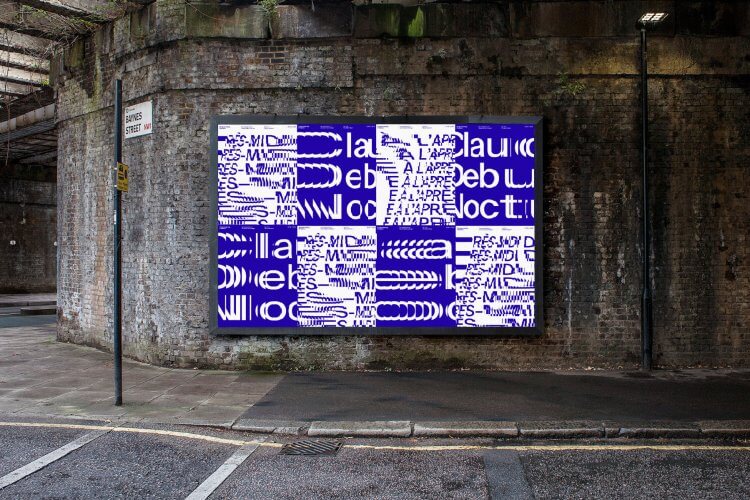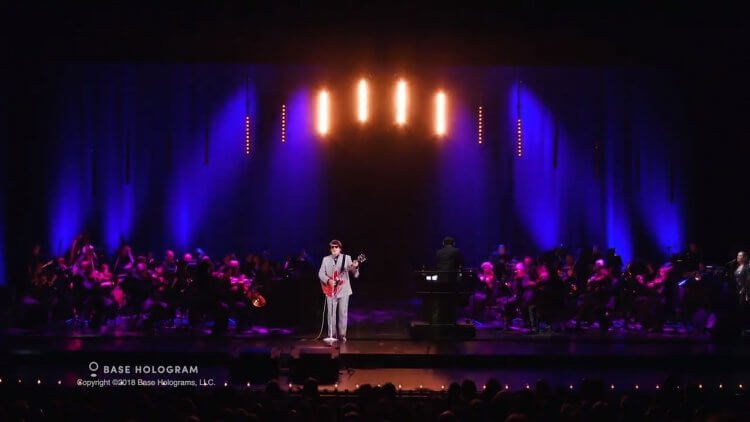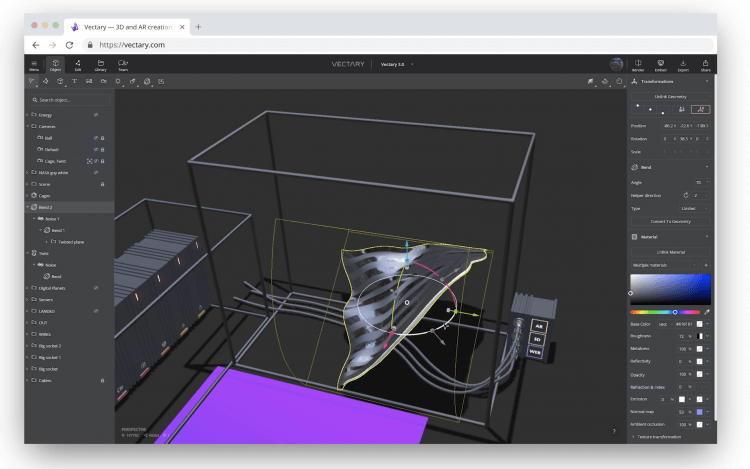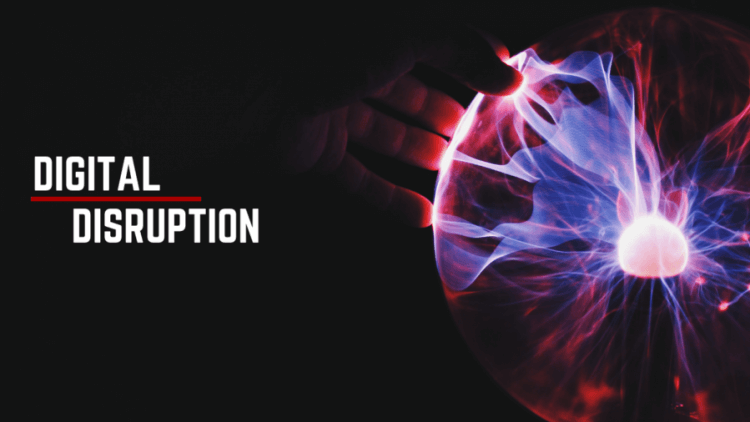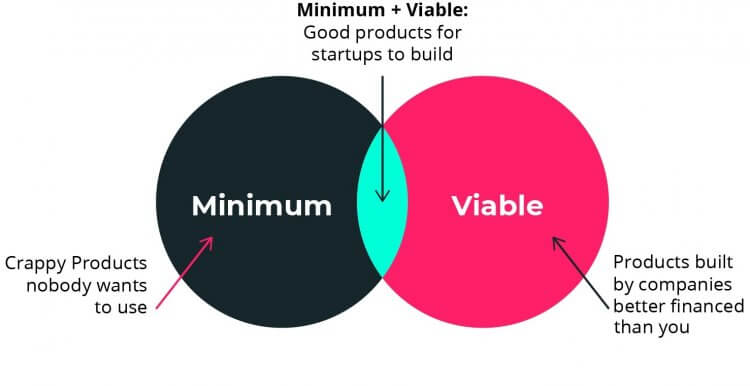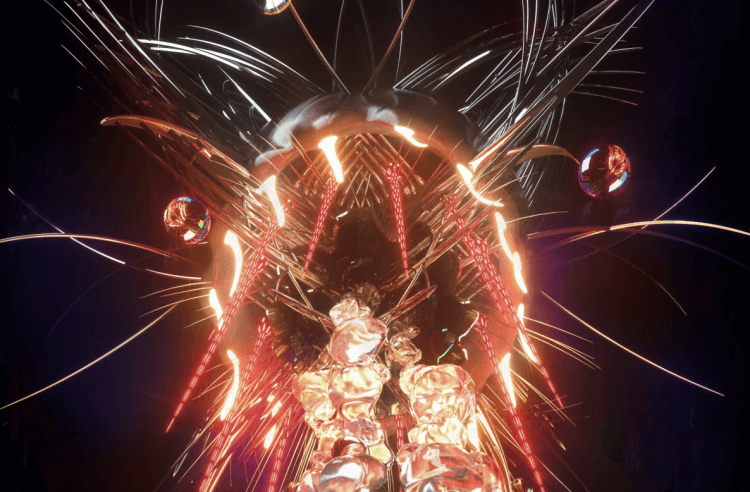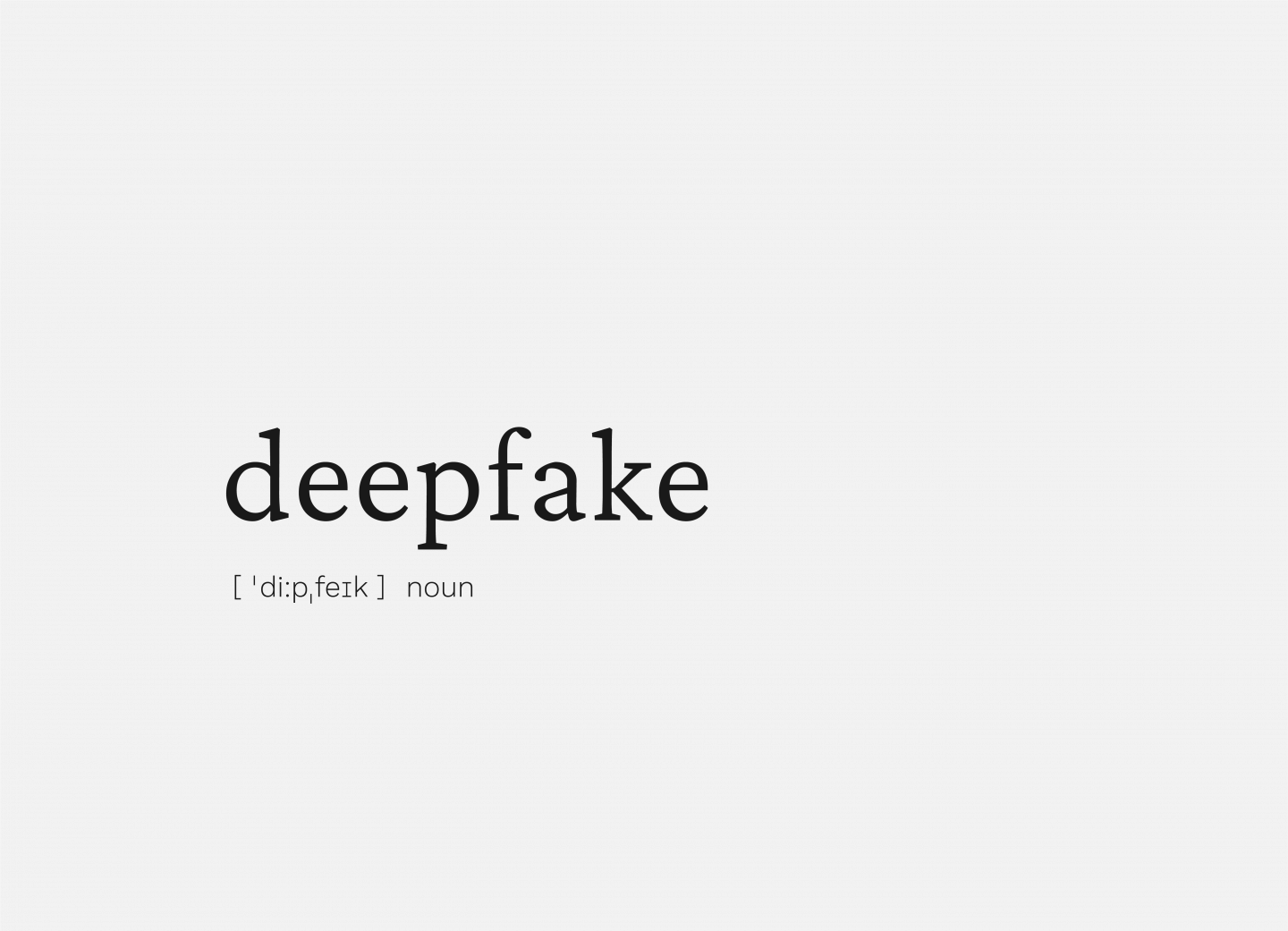
Deepfake
Deepfakes are videos that have been constructed to make a person appear to say or do something that they never said or did. With artificial intelligence-based methods for creating deepfakes becoming increasingly sophisticated and accessible, deepfakes are raising a set of challenging policy, technology, and legal issues.
While AI can be used to make deepfakes, it can also be used to detect them. Creating a deepfake involves manipulation of video data—a process that leaves telltale signs that might not be discernable to a human viewer but that sufficiently sophisticated detection algorithms can aim to identify.

To create the video fakes, the scientists combine a number of techniques. First, they scan the target video to isolate phonemes spoken by the subject. (These are the constituent sounds that make up words, like “oo” and “fuh.”) They then match these phonemes with corresponding visemes, which are the facial expressions that accompany each sound. Finally, they create a 3D model of the lower half of the subject’s face using the target video.
When someone edits a text transcript of the video, the software combines all this collected data — the phonemes, visemes, and 3D face model — to construct new footage that matches the text input. This is then pasted onto the source video to create the final result.




